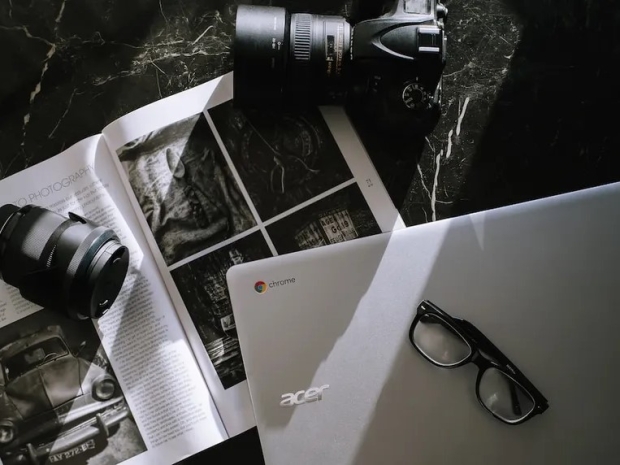The features are expected to arrive on the stable versions of Chromebooks soon and are part of Chrome OS M116, available now for download and testing.
The new features include:
Autocorrect: Autocorrect is now enabled by default for those apps that use English as a primary language, automatically fixing typos, spelling, and other errors. Grammar, however, is not affected.
Improved search within the Files app: You can now search across both your local files and Google Drive simultaneously.
Image to text: Chrome OS incorporates optical character recognition to help screen readers parse sites that embed text inside images, such as for instructions. Google and Chrome OS will use AI to transform these images into readable text. Image-to-text will be available on the Chrome browser “in the coming months,” Google said.
An improved setup wizard: Google promises to make it even easier for new users to get set up with more device customisation options, including touchpad scroll direction and display size. Google says the new setup wizard is now “more streamlined and thorough.”
RGB control: If your Chromebook has an RGB keyboard, you can now use Chrome OS to apply different colours to different zones — or standardise on a single background colour. This will apply to the Ideapad Gaming Chromebook, the HP Dragonfly Pro Chromebook, the Acer Chromebook 516 GE, and the Asus Chromebook Vibe CX34 Flip.
Adaptive charging: Adaptive charging will use AI to charge a Chromebook to 80 per cent, then complete the charging to 100 per cent, based upon the predicted time when a user will disconnect the device from the charging cord — the goal is to match those two events as closely as possible.
Word, Excel, and PowerPoint: You can open and edit Word, PowerPoint, and Excel files on a Chromebook and access OneDrive to load and edit those files in Microsoft 365. To use these Office files with Office 365, your Chromebook will download the Microsoft OneDrive app and connect it to the Chrome OS Files app.




